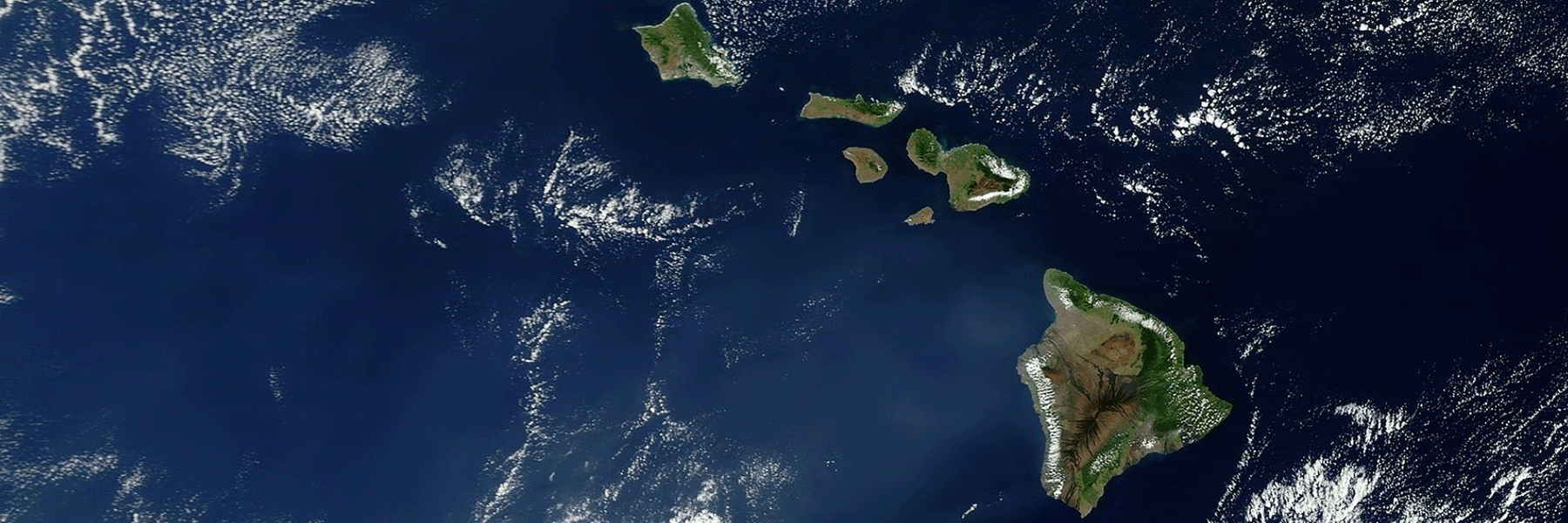Study investigates causes of long-term drought in Hawaii

Although characteristically tropical with moderate temperatures and humidity, Hawaii is currently in the midst of one of its most severe droughts on record. From 2010 to 2019, rainfall during the November to April wet season ranked second lowest among consecutive 10-year periods since 1900.
In a new study to be published in the Journal of Climate, CIRES and NOAA researchers at PSL, and a collaborator at the University of Hawaii, investigate possible causes for the drought using historical observations and conducting a variety of model experiments. Their findings reveal that natural ocean variations and climate change drivers were not the primary reason for the low rainfall. The implication from the analysis is that this extreme and prolonged low rainfall regime was largely unpredictable, at least on multi-annual to decadal scales.
Analysis of the observations revealed that traditional factors favored wetness not drought in recent decades, including a cold phase in sea surface temperatures (SSTs), and a weakened Aleutian low in atmospheric circulation. But the connection between Hawaiian rainfall and patterns of Pacific sea level pressure and SSTs that explained a majority of its variability during the 20th century collapsed in the 21st century. Atmospheric model simulations indicate a forced decadal signal for 2010–2019 vs. 1981–2000 of Aleutian low weakening, consistent with recent observed North Pacific circulation. However, the average of multiple diverse models does not generate reduced Hawaiian rainfall indicating that neither oceanic boundary drivers nor a weakened Aleutian low caused recent low Hawaiian rainfall.
Additional atmospheric model experiments explored the role of human-caused (anthropogenic) factors. These reveal a strong sensitivity of Hawaiian rainfall to details of long-term SST change patterns. Under an assumption that anthropogenic factors drive zonally uniform SST warming, Hawaiian rainfall declines, with a range 3%–9% among three models. Under an assumption that anthropogenic factors also increase the equatorial Pacific zonal SST gradient, Hawaiian rainfall increases 2%–6%. Large spread among the models indicates that neither of these signals are detectable.
Better understanding the causes of climate extremes such as drought helps advance forecasts that inform decision makers, so that more effective planning and mitigation can be pursued to keep society safe. This study is important because, while discovering the prolonged drought was not predictable on decadal time scales, it uses a new NOAA climate model (FV3/GFS) to demonstrate how various plausible scenarios of climate change in ocean temperature could excite Hawaiian rainfall, and thereby reveal those aspects of climate change impacts which would be most impactful and potentially foreseeable.
Eischeid, Jon K. (PSL/CIRES), Martin P. Hoerling (PSL), Xiao-Wei Quan (PSL/CIRES), and Henry F. Diaz (July 2022): Diagnosing Hawaii’s Recent Drought. J. Climate, https://doi.org/10.1175/JCLI-D-21-0754.1.
Posted: June 28, 2022